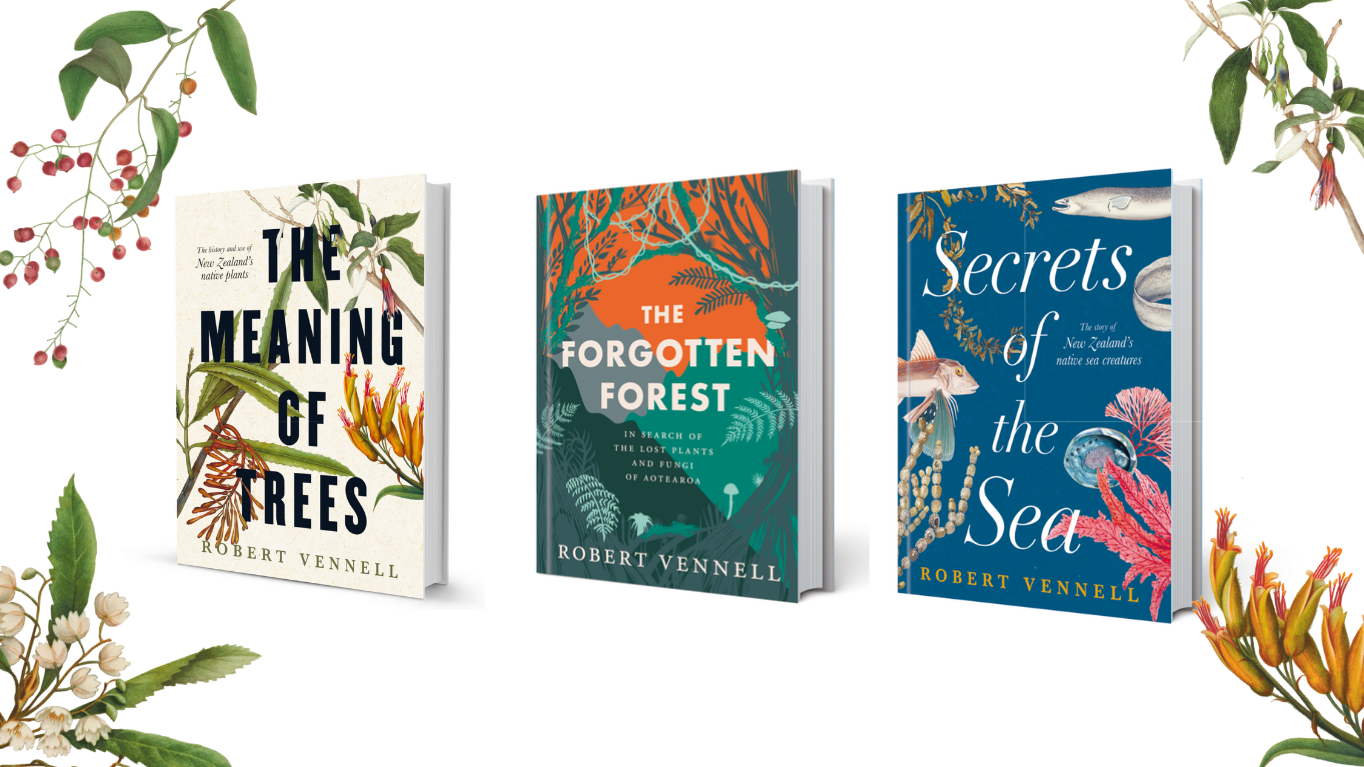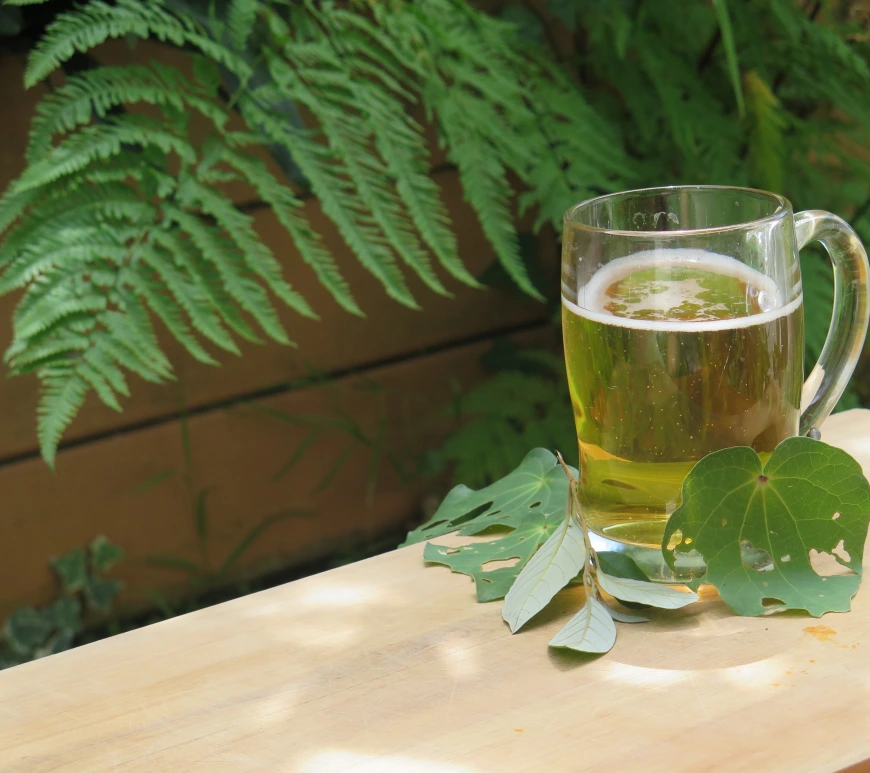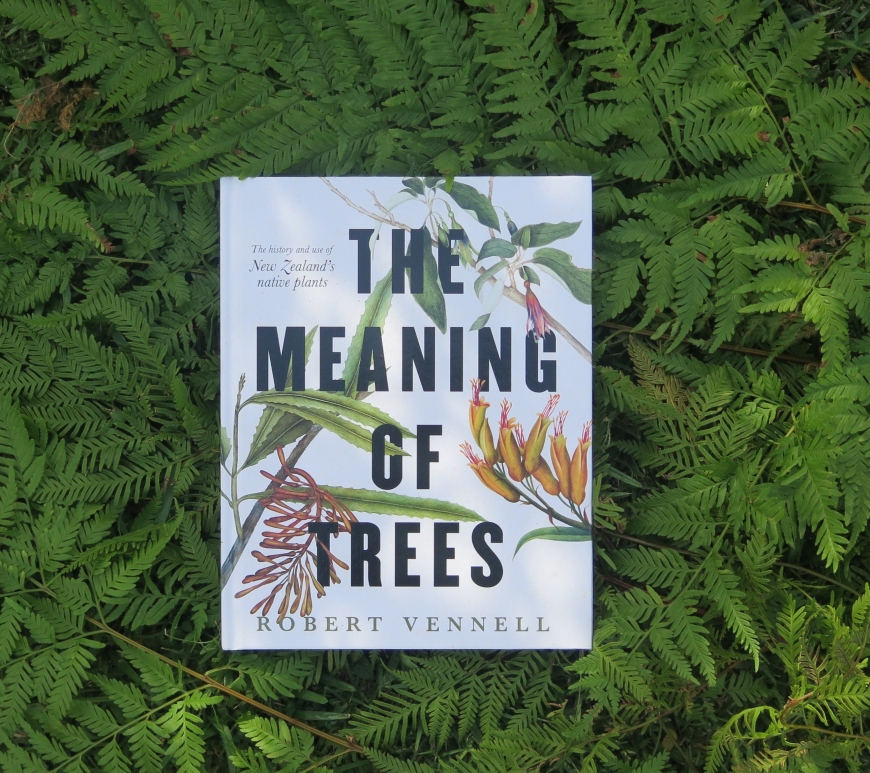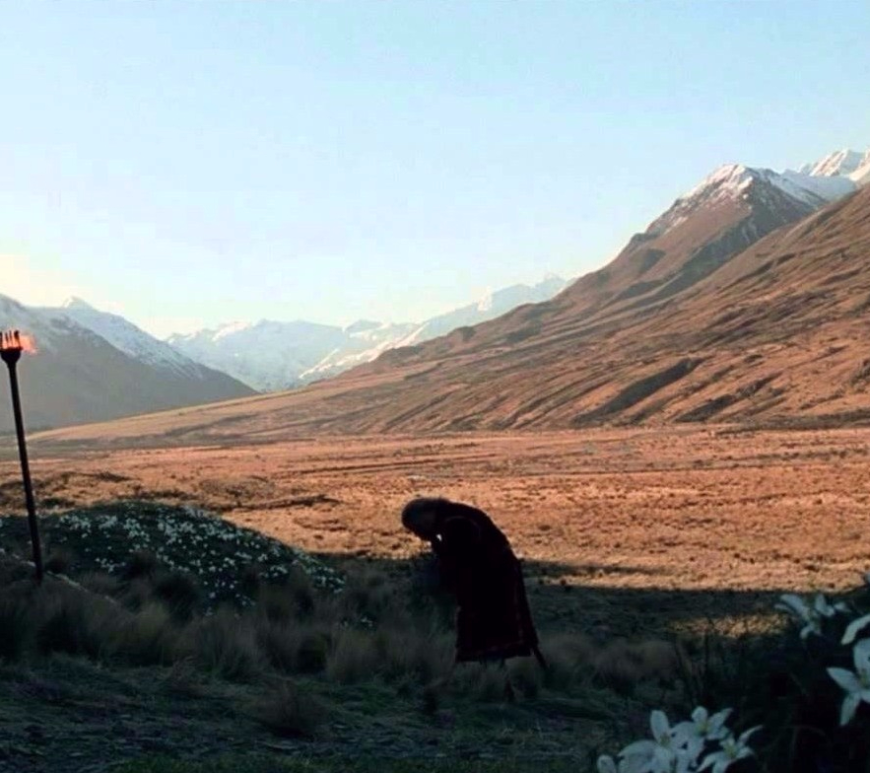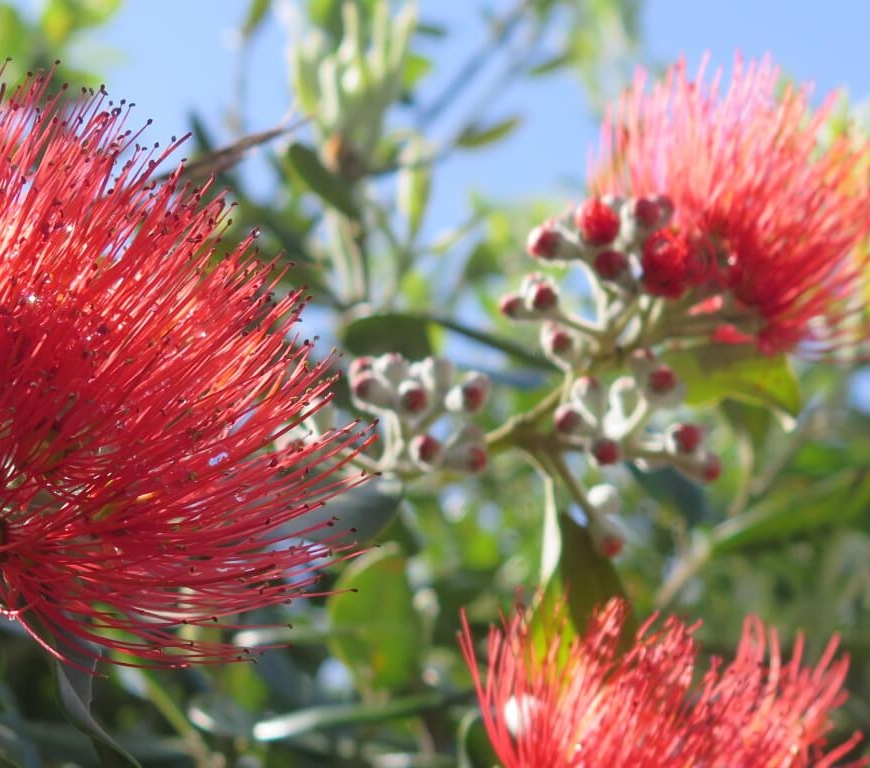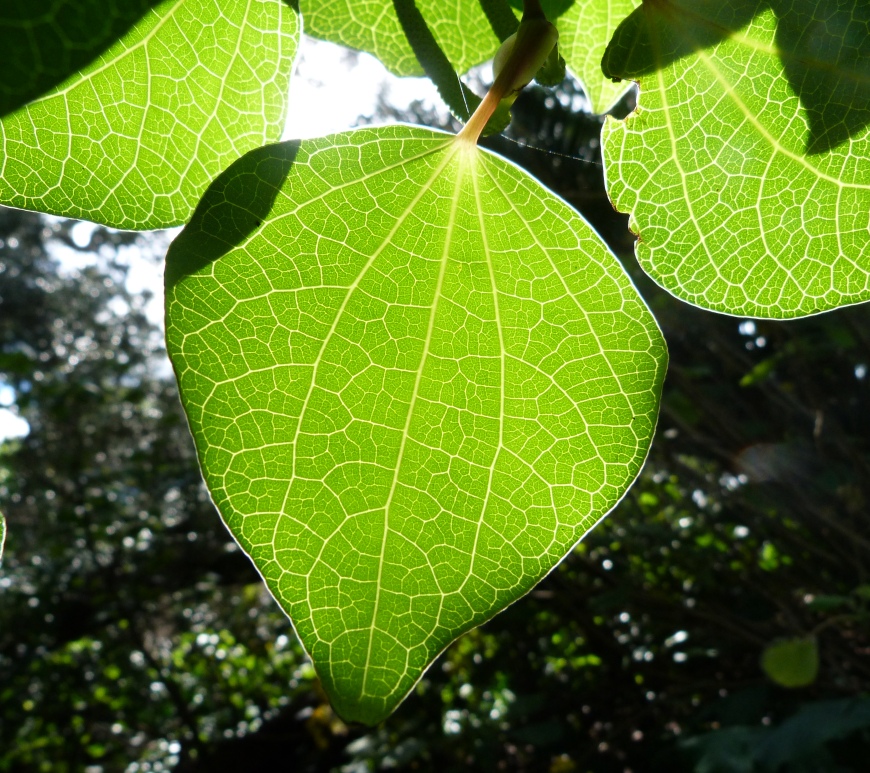
Kawakawa – Piper excelsum
For the early Polynesian explorers, the first glimpse of the New Zealand coastline must have been a staggering and bewildering sight. A vast, cold and mountainous landscape, populated with a bizarre assortment of plants unlike anything they had ever seen. In the midst of this unfamiliar forest, the heart-shaped leaves of Kawakawa would have been a welcome sight. The plant bears a striking resemblance to … Continue reading Kawakawa – Piper excelsum
